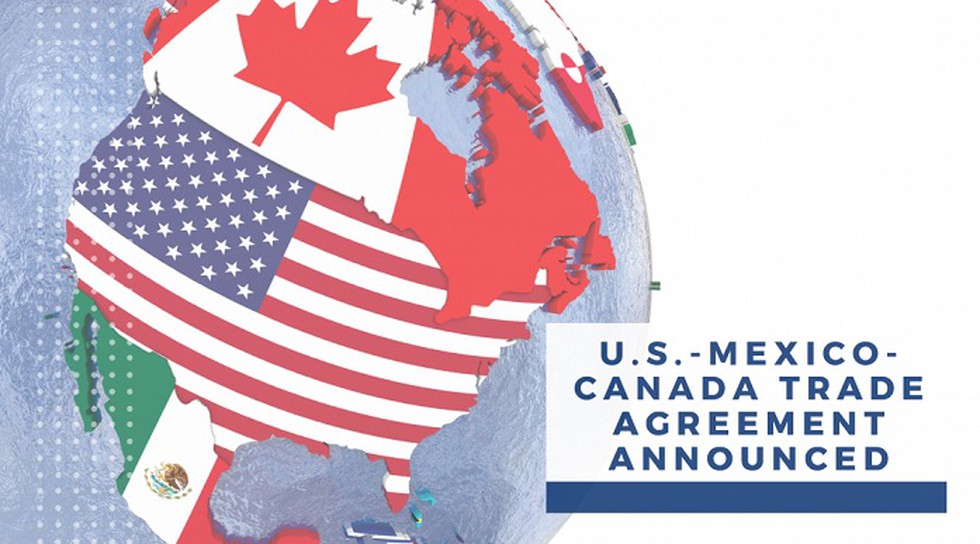Background: North American Free Trade Agreement (NAFTA)
- NAFTA is an agreement signed by Canada, Mexico, and the United States, creating a trilateral trade bloc in North America.
- The agreement came into force on January 1, 1994.
- According to Donald trump, NAFTA is the “worst trade deal ever made by United States”. Thus, he initiated negotiations to replace it.
- In 2018, Canada and the U.S. signed on a new free trade pact named USMCA that will include Mexico and will replace the 25-year-old NAFTA. Each country must now follow its domestic procedures before the agreement can be ratified and thus take effect.
U.S.-Mexico-Canada Agreement (USMCA): Salient Features
- USMCA is intended to last 16 years and will be reviewed every 6 years.
- USMCA gives the U.S. greater access to the dairy markets of Canada. Tariffs of up to 275% have kept most foreign milk out of the Canadian market.
- If the U.S. imposes a 25% global tariff on car imports, Canada and Mexico will have a quota of 2.6 million cars they can export to the U.S. as a protection for their car industry.
- Canada managed to preserve the dispute-settlement mechanism as a protection for its wood industry.
- It also includes stronger protections for workers, tough environmental rules, updates the trade relationship to cover the digital economy and provides tougher intellectual property protections.
- it also adds provisions to prevent “manipulation” of the trade rules, including covering currency values, and controls over outside countries trying to take advantage of the duty-free market.
